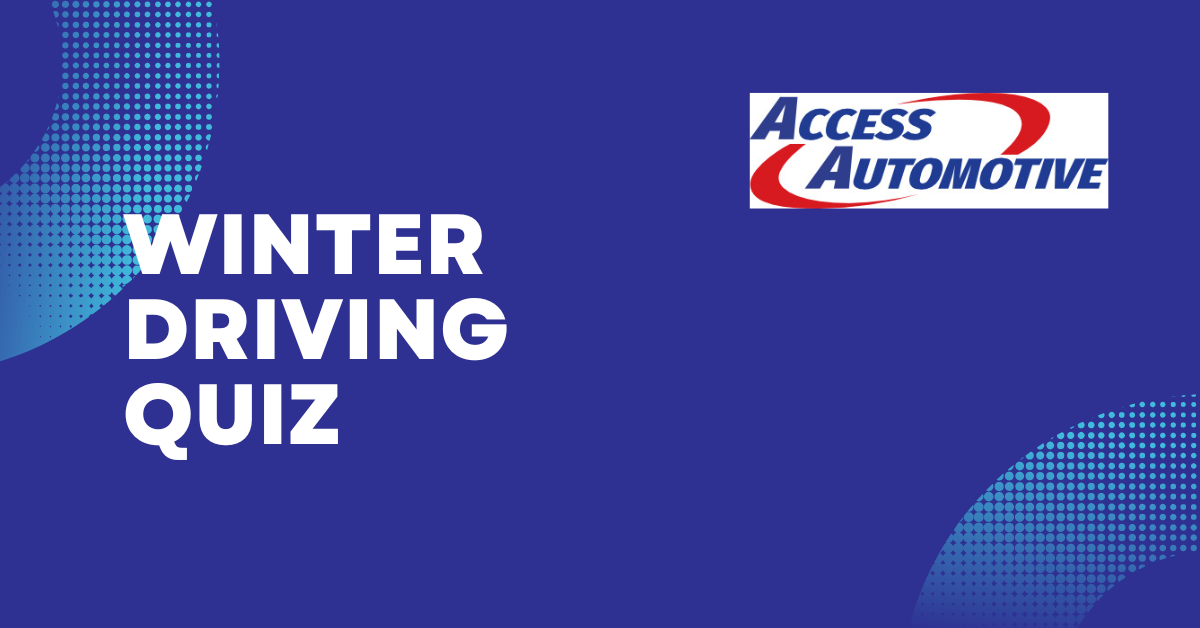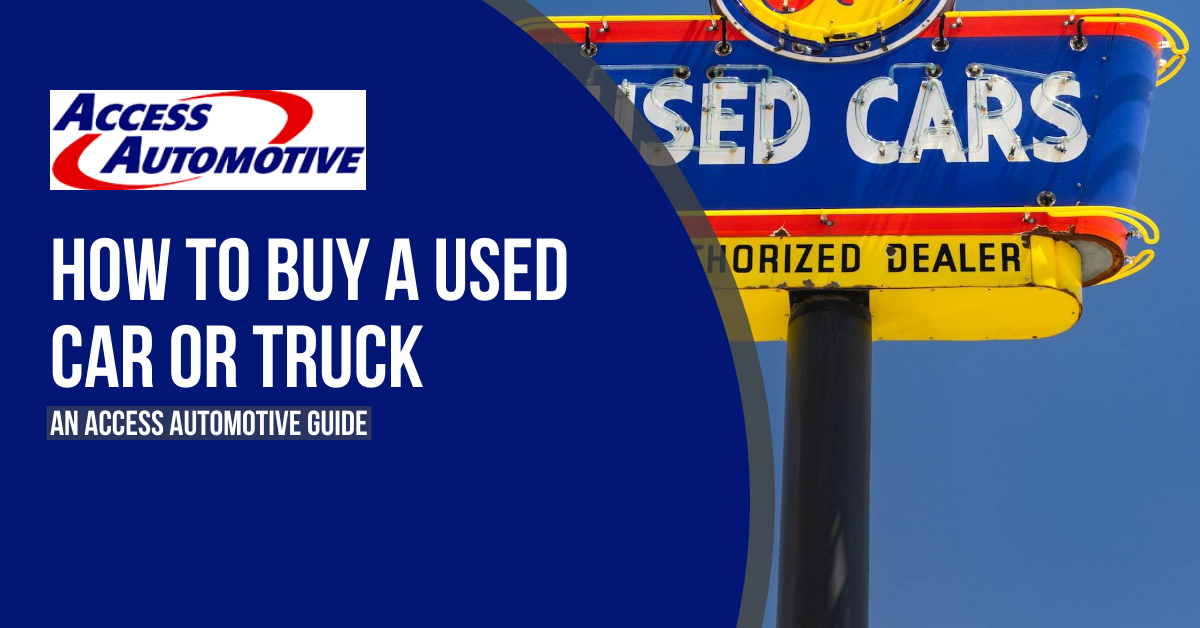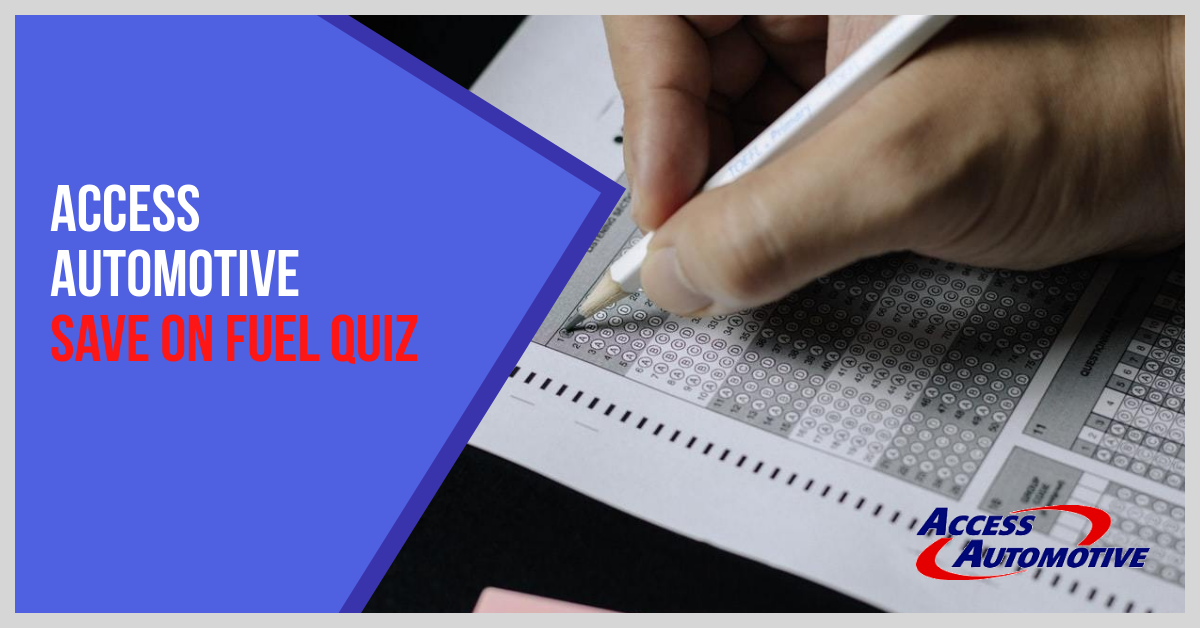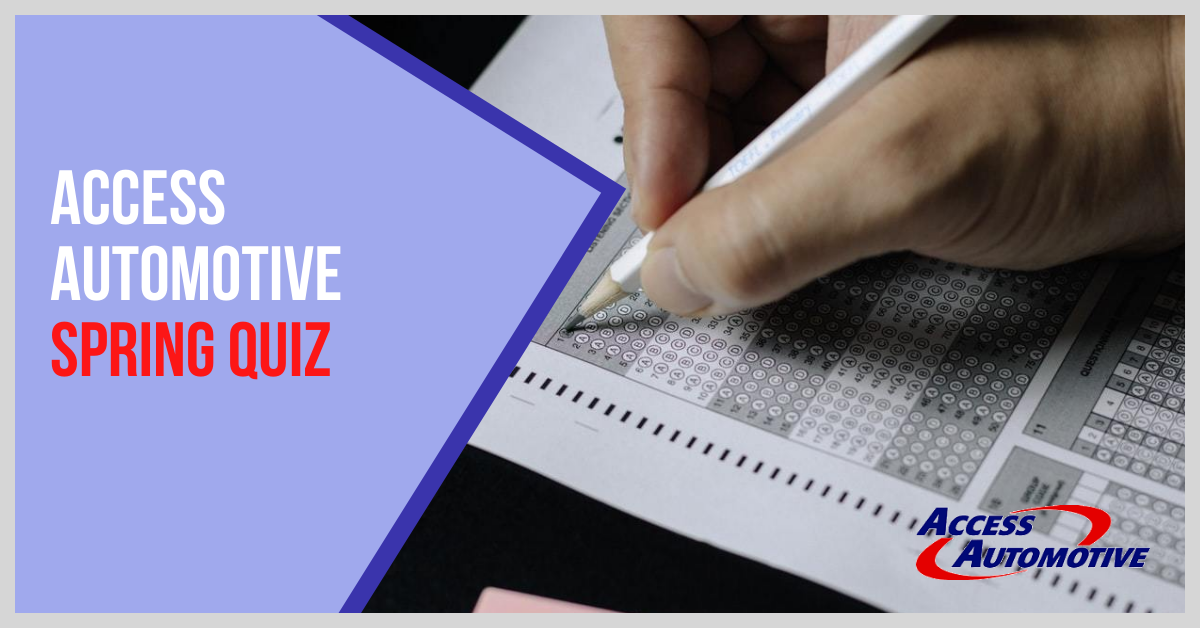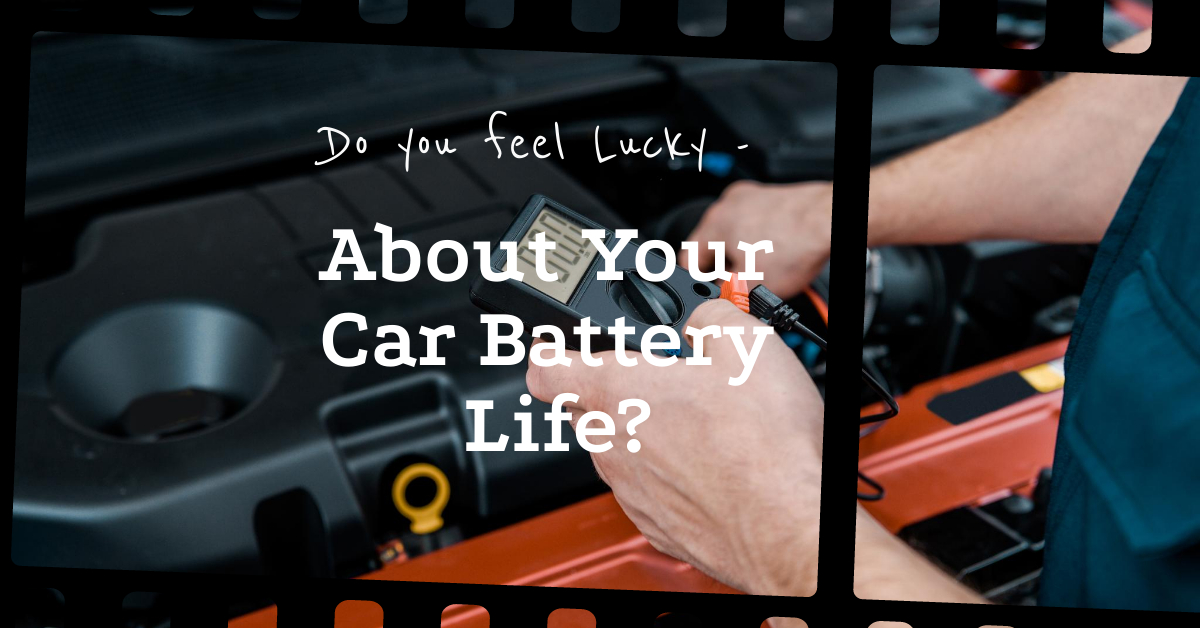Spring is here, and while the weather is certainly welcome, it also means pothole season in Edmonton. And while your car’s suspension does a great job protecting you and your car from the road, sometimes it needs some maintenance work to keep you safe.
Here are a few signs that you might need to take a look at your steering and suspension system to see if it needs any repairs.
Symptoms that your vehicle’s steering and suspension may require repairs
Steering Issues
- The Car Pulls to One Side When Driving
- Difficulties steering the car, especially while turning
- Drifting To One Side
- Drifting or Pulling During Turns
- Abnormal noises when turning
- The steering wheel shakes at high speeds
Comfort Issues
- The ride is bumpy (the car bounces excessively)
- Feeling every bump in the road
- Car rides rough
Other potential signs of a failing suspension
- The tire tread is uneven
- The steering wheel is not centered.
- One corner sitting lower on the car
- Oily shocks or struts leaking
- The front of the car dives while braking
- Visually damaged strut or shocks
Generally, if you live in the city of Edmonton, you should know by now the roads are not great. Never mind the deep manhole covers we have, but nothing screams spring quite like the appearance of new potholes on our city streets. There are potholes on every road you go on, and, in many cases, they’re unavoidable. There isn’t much you can do but anticipate hitting it, grit your teeth, and hope it didn’t break anything. How it affects your car or truck depends on a few different things. If it’s minor, then only a wheel alignment is needed. If you are unlucky, a bad pothole experience may require new shocks or ball joints. A wheel alignment may only be $150, but a damaged wheel or shock could be over $1,000!
Do you notice any symptoms of a potentially damaged suspension? Just let us know, and we can let you know if it’s nothing to worry about or a sign of something that should be addressed.


